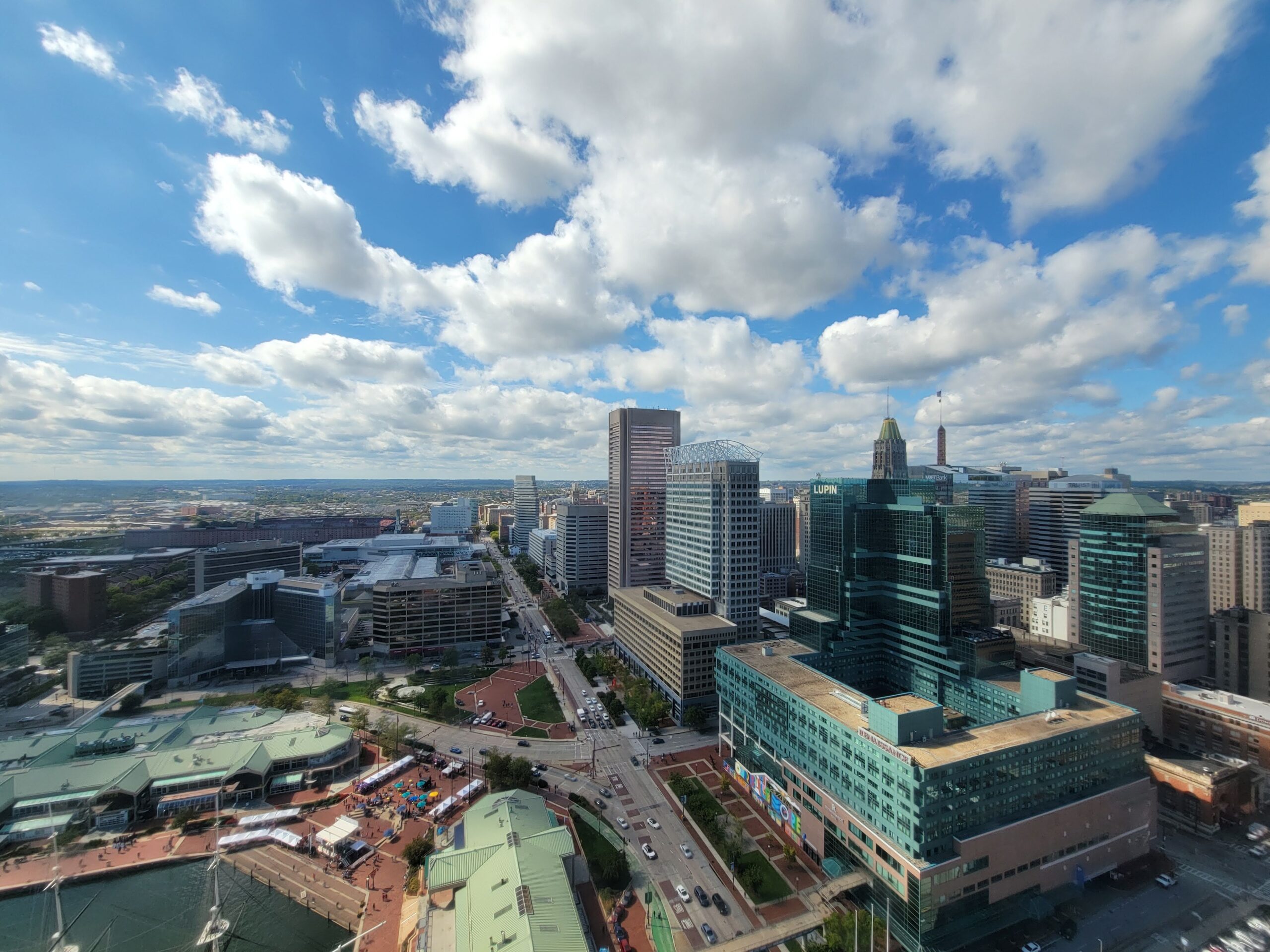
About
Parallel Projects

PARALLEL PROJECTS & INVESTMENTS ALONG THE RED LINE CORRIDOR
Investment and progress in these communities cannot and will not wait. MTA is leading multiple parallel efforts in the corridor that are coordinating with the Red Line project to begin to fulfill the long-delayed promises to the corridor’s communities:
Immediate improvements to east-west bus service began in Fall 2023 with QuickLink40 service, providing a faster connection through skip-stop bus service between Westgate and Essex, MD.
Throughout 2022 and 2023, MTA made short-term investments through the Fast Forward program, including bus stop enhancements like bus shelters, real time information signs, and ADA improvements. More information on this project can be found at mta.maryland.gov/fastforward.
MTA’s RAISE East-West Priority Corridor Project is currently in the design phase and includes improvements such as transit priority treatments like dedicated bus lanes and pedestrian safety investments that help people safely cross the street and also get to and from bus stops. More information on this project can be found at RAISEBaltimore.com.
In 2024, MTA also launched the Eastern Baltimore County Access Study to evaluate alignments for further expansions east into Baltimore County to connect to the job centers in eastern Baltimore County.
The Red Line project team is working in collaboration with projects led by partner agencies, including:
The Reconnecting Communities West Baltimore United planning study is exploring options to reconnect historically Black communities that were divided due to the construction of the US40/Franklin-Mulberry Expressway in West Baltimore.
The Frederick Douglass Tunnel Program will provide a new West Baltimore MARC station, which is located within the corridor of the Red Line project. The Frederick Douglas Tunnel project will also address the largest rail bottleneck on the Northeast Corridor and enhance critical fire and life safety systems to this segment of rail tunnel through West Baltimore.
The North South Corridor is being led by MTA as an outcome of the Central Maryland Regional Transit Plan. This project is in the planning stages, and it will be critical that the Red Line design allows for a strong connection to this future high-capacity transit corridor.


